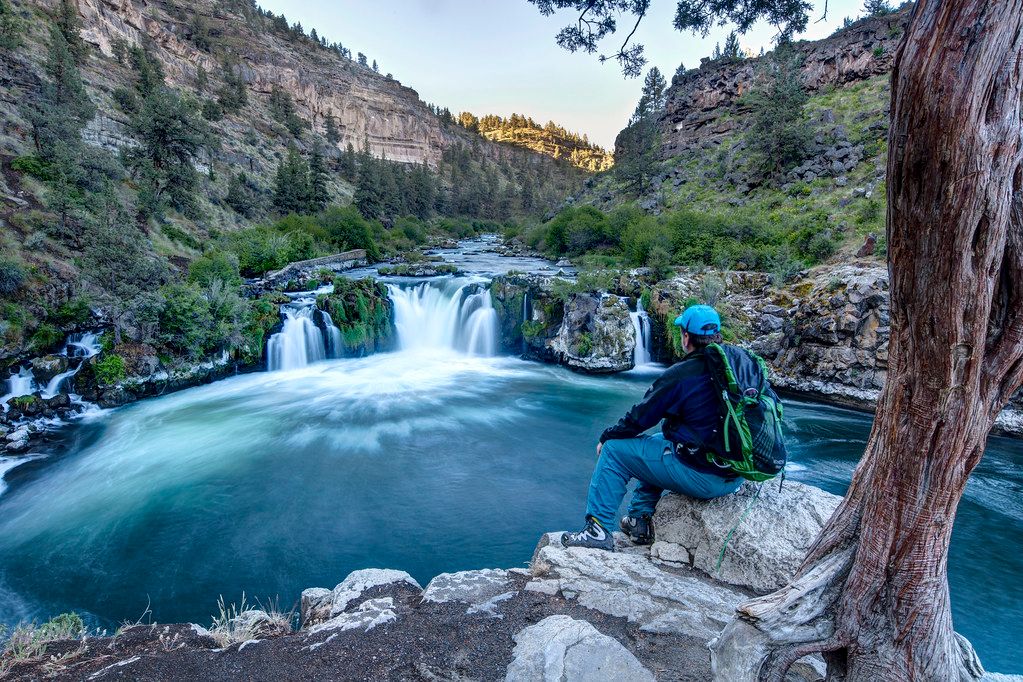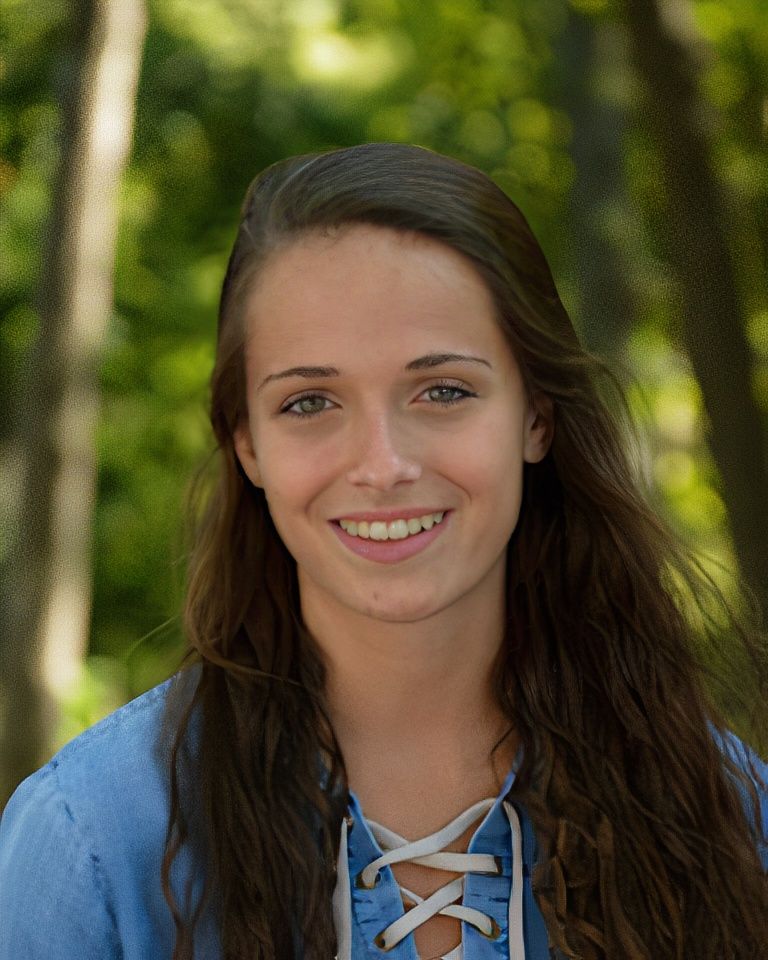Diversity and Inclusion in Outdoor Sports

Throughout the COVID-19 pandemic, outdoor recreation has come to the forefront of social life as an important asset in improving people’s mental and physical health during a time of intense isolation and sickness. In a recent survey conducted by the University of Vermont, 59% of respondents stated that they increasingly valued being outdoors in nature because of its positive effects on mental health and wellbeing, and 29% of respondents valued the exercise component as well (1). In addition to the importance of the outdoors during the COVID-19 pandemic in improving people’s mental and physical health, growth in outdoor recreation in terms of engagement and participation increased exponentially from prior to the pandemic, with the biggest gains in running, cycling, and hiking as reported by the Outdoor Industry Association (2). In addition, although the time that Americans chose to spend outside of their homes decreased by 6.6% in April of 2021 compared to prior to the pandemic in January 2020, the time Americans chose to spend outside of their home in parks increased by 21.6% prior to the pandemic, reaching highs of a 60% increase in the moths of June, July, and August (3).
While outdoor sports have grown in popularity and importance during the COVID-19 pandemic, this rise in and clear benefits from outdoor recreation have also highlighted the disparity in access to outdoor sports in terms of access, equipment, and education. The inequity of accessibility to outdoor sports is especially apparent along the lines of race, economic status, and gender. On a national scale, people of color make up approximately 40% of the U.S. population, and 70% of people who have access to national forests, wildlife refuges, and national parks are white. In a recent study released by the Center for American Progress, it was determined that communities of color are almost three times more likely than white communities to exist in environments that are considered to be “nature deprived,” or the odds that their census tract that the reside in has a “higher proportion of natural area lost to human activities than the state-level median” (4). In addition, approximately 70% of communities that are considered to be low-income live in areas that are nature deprived, highlighting a clear disparity in accessibility to outdoor spaces along racial and economic lines (5). In addition to not having equal access to outdoor spaces, outdoor sports are often extremely costly in terms of equipment required for these activities as well as education and training to learn how to participate in these activities effectively and safely.
Given the apparent barriers to accessibility of outdoor spaces and sports, several non-profits have tried to bridge this gap between inequity in outdoor access and outdoor sports, particularly along economic and racial lines. More specifically, the Inclusive Outdoors Project is one such organization that intends to “bridge the gap between affinity spaces and outdoor based organizations” through outdoor education, with a distinct focus on increasing access by providing equipment, travel, and catering to individual experience, and by providing identity specific affinity spaces for BIPoC and Queer individuals (6). Through prioritizing accessibility, the Inclusive Outdoor Project offers clinics to help educate and provide equipment for ice climbing, backcountry skiing, mountaineering, and rock climbing clinics. In addition, the Project actively incorporates education about the lands that these clinics are conducted on.
Furthermore, organizations like Blackpackers also work to bridge the gaps between outdoor accessibility and education in terms of race and economic status. Blackpackers is a Colorado non-profit whose mission centers around the goal of increasing economic equality in outdoor recreation by providing gear, organized outings, and outdoor education for free or subsidized costs to ease barriers to entry in outdoor activities. In addition, Blackpackers also serves as a liaison for its participants by connecting them with volunteering, jobs, education, and internship opportunities to “create a pipeline from outdoor recreation to outdoor industry careers” (7). With these initiatives, Blackpackers sponsors hikes, walks, backpacking and camping trips in a group setting to ease economic, educational, and racial barriers to being able to get outside and participate in outdoor activities.
Similar to the organizations mentioned previously, the Share Winter Foundation is a non-profit that specifically targets youth populations in increasing educational opportunities, equipment, and transportation to winter sports. The organization’s main goal is to improve the “lives, health, and fitness of youth through winter sports,” by providing grants to specific organizations and initiatives that they select to distribute grants to and provide support. In 2021, the Share Winter foundation helped to fund over 45,000 youth to participate in winter sports, with the goal of reaching 100,000 children by 2028. The organization has partnered with over 240 schools to subsidize transportation to mountains, equipment, and education in over 20 states nationwide. Through these initiatives, the Share Winter Foundation helps to mitigate challenges to entry in involvement with outdoor sports while also laying the groundwork for young people to have access to these sports throughout their lifetimes as a mechanism to improve their mental and physical wellbeing.
Although there still is severe inequity in terms of access to outdoor sports and recreation, these organizations are undeniably having tangible impact in helping to alleviate these inequities through the targeting of youth and minority groups. Not only have these non-profits helped to decrease educational, transportation, and equipment inequities, but these organizations have also laid the groundwork for individuals to have autonomy over their participation in outdoor activities as well as creating a larger network of communal support for individuals through participation in these activities. Although there are still significant barriers that remain in creating equal accessibility to outdoor spaces given environmental racism, economic, and time investment required to participate and engage in the outdoors, community based initiatives have indeed laid the groundwork to begin to tackle inequality in outdoor spaces.
Works Cited
- https://www.uvm.edu/gund/news/pandemic-people-are-turning-nature-especially-women
- https://outdoorindustry.org/article/increase-outdoor-activities-due-covid-19/
- https://tracktherecovery.org/
- https://www.americanprogress.org/issues/green/reports/2020/07/21/487787/the-nature-gap/
- https://www.americanprogress.org/issues/green/reports/2020/07/21/487787/the-nature-gap/
- https://www.inclusiveoutdoorsproject.com/
- https://www.coblackpackers.com/



